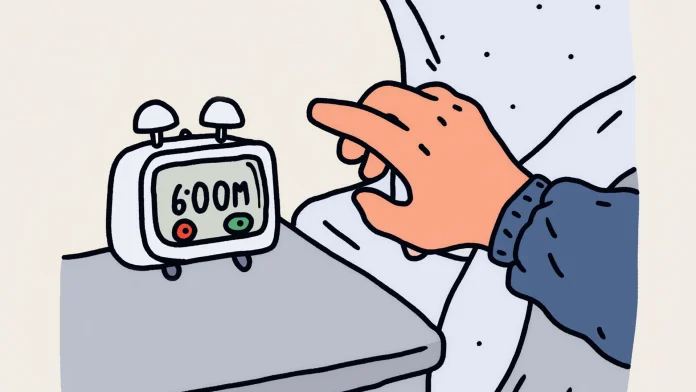Written by Susana Pontiggia (Psychologist, Specialist in Neuroscience and Human Behavioral Sciences, Consultant in Personal and Organizational Development)
Life often throws us into moments of stress, anxiety, or emotional overload. Whether it’s a tense meeting at work, a disagreement with a loved one, or simply feeling overwhelmed by a busy day, regaining focus can feel like a daunting task. That’s where the STOP mindfulness technique comes in.
This simple yet powerful practice offers a way to pause, ground yourself, and act with intention. STOP stands for Stop, Take a Breath, Observe, and Proceed. Let’s explore how this technique works, why it’s effective, and how you can incorporate it into your daily life.
What Is the STOP Mindfulness Technique?
In the whirlwind of life, we often operate on autopilot, reacting to situations without conscious thought. This reactive mode can heighten stress and cloud our decision-making. The STOP technique helps break this cycle by introducing a moment of pause. This pause allows us to step out of the reactive state and respond from a place of mindfulness and clarity.
Mindfulness practices, like STOP, are rooted in cultivating awareness of the present moment. Studies have shown that even brief moments of mindfulness can reduce stress, improve focus, and enhance emotional regulation. The beauty of STOP is its simplicity: it can be done anytime, anywhere, in just a few minutes.

How to Use the STOP Technique
1. Stop
The first step is straightforward: stop what you’re doing. Whether you’re mid-conversation, in the middle of a task, or caught in a spiral of anxious thoughts, consciously interrupt the flow.
Why it matters:
Stopping creates a break in the chain of automatic reactions. It’s the essential first step to regaining control over your response to the situation.
How to practice:
- Mentally say the word “STOP” to yourself as a cue.
- If you can, physically pause what you’re doing, whether it’s typing, walking, or talking.
2. Take a Breath
Next, take a slow, deep breath. Inhale through your nose, letting the air fill your abdomen, and exhale slowly. Aim for a breath cycle of about six seconds in and six seconds out.
Why it matters:
Deep breathing activates the parasympathetic nervous system, which helps calm your body and mind. It’s a natural way to reduce stress and ground yourself.
How to practice:
- Focus on the sensation of the breath entering and leaving your body.
- If helpful, place a hand on your abdomen to feel the rise and fall.
- Repeat the breath cycle a few times if you have the time.
3. Observe
Now, take a moment to observe. This step is about tuning in to your internal and external experience without judgment.
Why it matters:
Observing helps you gain perspective. It’s an opportunity to acknowledge your emotions, thoughts, and physical sensations, as well as the context of your surroundings. It’s important not to pass judgment on what you observe.
How to practice:
- Internally: Ask yourself, “What am I feeling right now?” Notice any emotions, thoughts, or bodily sensations. For example, you might feel tension in your shoulders or notice a racing mind.
- Externally: Look around. What do you see, hear, or smell? This can help anchor you to the present moment.
4. Proceed
Finally, proceed with intention. Decide how you want to move forward, guided by your values and goals.
Why it matters:
This step helps you transition from a reactive state to a mindful response. It’s about choosing your actions consciously rather than acting impulsively.
How to practice:
- Ask yourself, “What’s the best next step?” or “How do I want to show up in this situation?”
- Take the first small action that aligns with your intention, whether it’s speaking calmly, stepping away to regroup, or completing a task with focus.
Tips for Incorporating STOP into Daily Life
One of the greatest advantages of the STOP technique is its adaptability. You don’t need a special setting or a large chunk of time to practice it. Here are a few tips for making it a regular part of your routine:
- Set reminders: Use cues like phone alerts, sticky notes, or moments of transition (e.g., before starting a meeting or after a commute) to practice STOP.
- Pair it with triggers: Whenever you feel stressed or notice a strong emotional reaction, use it as a trigger to practice STOP.
- Practice regularly: The more you practice, the easier it becomes to access the technique in moments of need.
The Benefits of Practicing STOP
The STOP mindfulness technique is a small but mighty practice that can help you navigate life’s challenges with greater ease. By pausing, breathing, observing, and proceeding, you create space for intentional action and emotional balance.
The next time you find yourself overwhelmed, remember: you always have the power to STOP.





